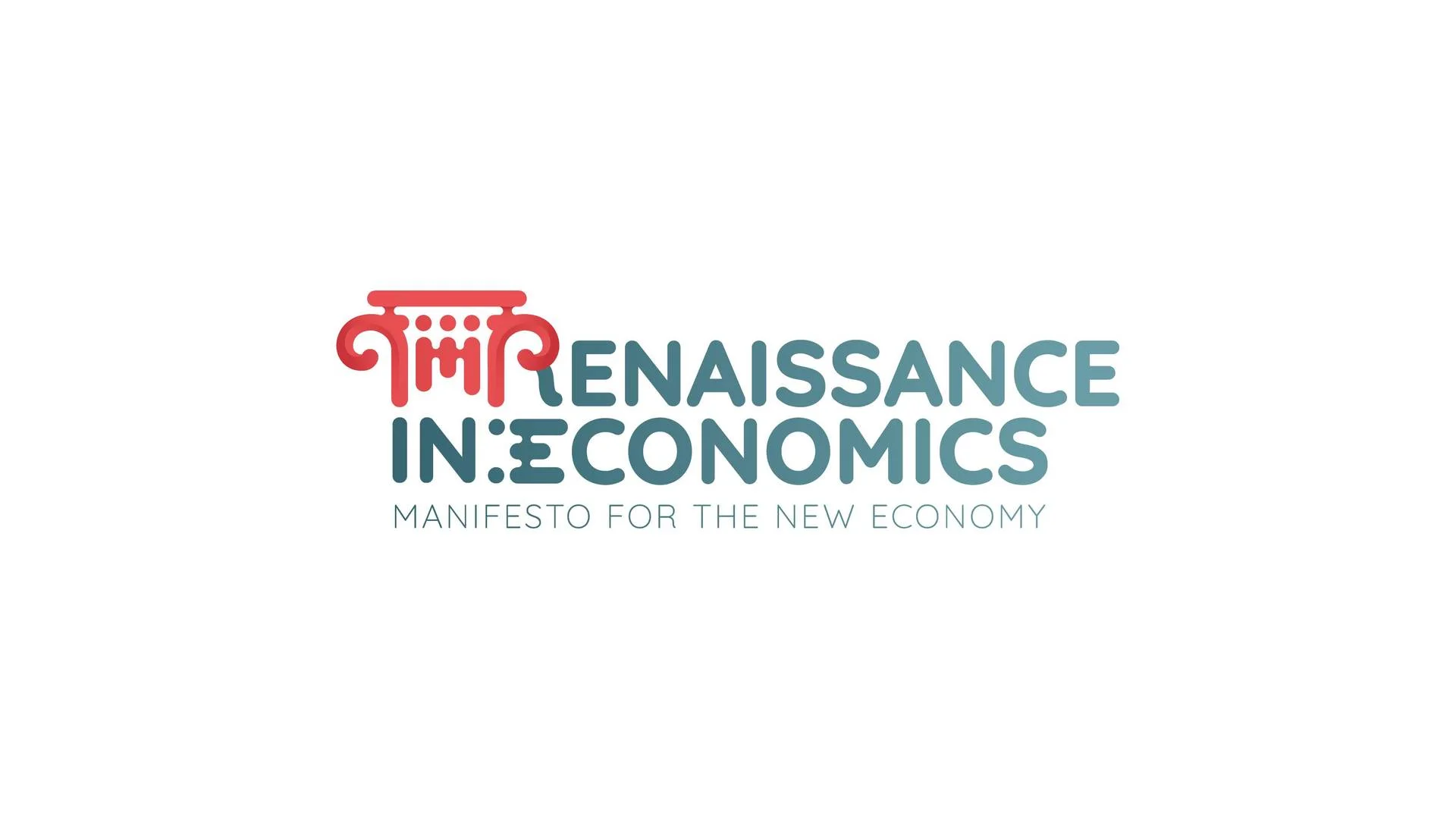
Economics Careers
The Job Outlook for Economists in the US
Read a summary using the INOMICS AI tool
Being (or becoming!) an economist probably seems like a good idea. After all, you’re reading the INOMICS Blog! Beyond reading relevant advice and interesting articles, it can be helpful to have real data to answer questions about the job market for economists.
Are economists in demand? Is it a good idea to pursue a Master’s degree or Ph.D. in economics right now? If you’re pondering questions like these, good news. In today’s world, the answers appear to be “yes”, and “yes”, respectively.
This article will examine growth in economics jobs in the US using Bureau of Labor Statistics (BLS) data together with our own data from the 2022 INOMICS Salary Report. If you would like to anonymously help INOMICS continue to learn about the economics job market, and empower economists to make informed career decisions, we implore you to take 3-5 minutes to answer our anonymous Salary Survey.
Job growth for economist roles in the US
The US BLS publishes job outlooks for various careers, showing how demand for those jobs is expected to change in the US over time. This data gives a sense of the future growth of economist roles, and can help economics students get an idea of the job opportunities they can expect. Although this article dives into US data, these findings can be thought of as an indicator for other regions with comparable socioeconomic profiles as the US, too.
Last updated on September 6, 20231, the BLS reports that the number of positions for economists from 2022 through 2032 is expected to grow at a rate of 6% over the decade. This is roughly twice as fast as the economy-wide average; the BLS states that “The average growth rate for all occupations is 3 percent”. Economist job growth also beats out job growth in other social sciences, which are projected to grow at 5%.
The data shows that there are currently about 17,600 economists employed in non-academic roles in the US. 6% job growth means that by 2032, the BLS expects there to be about 18,650 non-academic economists employed in the US (though they also project 1,100 new positions, which would represent a 6.5% increase).
Similarly, the BLS estimates that there are 11,640 economics faculty positions in the US as of May 2022. A job growth estimate for economics professors is not given. However, utilizing past BLS data can help us examine the trend and learn more. Table 1 below records the number of economics postsecondary teaching positions in the US according to past BLS data.
Table 1: Employment numbers for US economics faculty
BLS estimate as of May… |
Economics Postsecondary Faculty Positions |
| 2022 | 11,640 |
| 2021 | 11,790 |
| 2020 | 13,080 |
| 2019 | 13,270 |
| 2018 | 12,750 |
| 2017 | 12,770 |
It’s difficult to judge how economics faculty positions will evolve in the US over time based on Table 1 alone. These positions appear to be on a slight downward trend over time. It’s highly likely that the pandemic reduced job opportunities at universities, the largest employer of economists (see Table 4). Further, Inside Higher Ed reported in July 2022 that faculty were leaving their positions at high rates during the so-called “Great Resignation”, which may have impacted the industry.
But, this slight downward trend in economics faculty mirrors a slight downward trend in postsecondary faculty positions in the US across all disciplines since the pandemic. And, it’s likely that increasing demand for industry economists will increase demand for both economics research and economics degrees. Both of these factors increase demand for economics professors, who conduct research and train new economists.
Overall, the number of industry economist jobs is increasing and is expected to continue increasing faster than average. Meanwhile, economist jobs in academia have declined somewhat since the pandemic.
Employment and Wages for economists in the US
A note – the BLS uses the terms “Economists” and “Economics Teachers, Postsecondary” to describe economists employed outside of academia and within it, respectively. In the following tables, I term these “Industry Economists” and “Academic Economists” to align with other articles on INOMICS, and our own salary reports. Table 2 below summarizes the BLS data on the number of industry and academic economist positions, as well as the mean annual wages for both1,2.
Table 2: Employment and wages for US economists in 2022
| Employment | Mean Annual Wage | |
| Industry Economists | 16,370 | $128,180 |
| Academic Economists | 11,640 | $122,750 |
Table 2 shows that the mean annual wages are comparable (and quite high) for both industry and academic economists. As a comparison, 2022 INOMICS Salary Report data found average pay for US economists at $136,650. However, we know that these simple averages mask some nuance.
INOMICS Salary report data show that industry economists tend to out-earn academic economists, except for when academic economists are promoted to full professor. This promotion grants them a salary comparable to top executives in industry.
For a more detailed look at the breakdown of average economist salaries around the world, see the 2022 INOMICS Salary Report. And, be on the lookout for the 2023 Salary Report, which you can still support by answering our anonymous Salary Survey.
Table 3 examines wages by percentile as well, for a more holistic analysis1,2,3:
Table 3: Percentile wage estimates for Economists and Economics Professors in 2022 (BLS data):
| Percentile | 10% | 25% | Median | 75% | 90% |
| Industry Economists | $62,480 | $81,810 | $113,940 | $156,940 | $207,230 |
| Academic Economists | $51,480 | $76,580 | $103,930 | $144,980 | $213,680 |
Table 3 shows that median economist salaries are lower than average salaries in the US. This means that high-earning economists bring up the average, so that the distribution of economist salaries in the US is right-skewed. It seems that highly experienced economists, whether in industry or academia, command very high salaries in the US – another sign that highly skilled economists are in demand.
The BLS data also supports the INOMICS Salary Survey findings that industry economists tend to out-earn their academic peers through the middle of their careers, until academic economists earn the rank of full professor, where they earn salaries comparable to top executives in industry.
High demand for economists will make it easier for economics graduates to find work, and will likely push up the wages that experienced economists can enjoy. Thus, economics remains a practical and eminently employable field of study. But, who exactly will be hiring these economists?
Industry breakdown of economists employed in the US compared to the world
Economist jobs are further broken down by category in the BLS data. Table 4 reproduces some of this data taken from the BLS2,3:
Table 4: Economist Employment Estimates (BLS data):
| Employer Type | Employment | Annual mean wage | % of economists employed |
| Colleges, Universities, and Professional Schools | 10,250 | $127,410 | 41.05% |
| Federal Executive Branch (OEWS Designation) | 4,440 | $133,220 | 17.78% |
| Management, Scientific, and Technical Consulting Services | 3,410 | $152,330 | 13.66% |
| Scientific Research and Development Services | 1,740 | $124,060 | 6.97% |
| State Government, excluding schools and hospitals (OEWS Designation) | 1,620 | $80,850 | 6.49% |
| Junior Colleges | 1,350 | $88,190 | 5.41% |
| Local Government, excluding schools and hospitals (OEWS Designation) | 1,190 | $91,330 | 4.77% |
| Business, Professional, Labor, Political, and Similar Organizations | 560 | $130,080 | 2.24% |
| Central Bank | 260 | $220,460 | 1.04% |
| Other Businesses* | 150 | $193,092 | 0.60% |
*This category consolidates the BLS’s “Nondepository Credit Intermediation”, “Legal Services”, and “Accounting, Tax Preparation, Bookkeeping, and Payroll Services” categories.
The BLS data shows that universities are the largest employers of economists in the US by a significant margin. The federal government is another major employer, followed by management and technical consulting firms. Other employers of economists include junior colleges (schools that grant associate’s degrees or other certifications that are not Bachelor’s degrees), research institutes, local and state governments, and other businesses.
Worldwide INOMICS data can be compared with US-only BLS data to get a sense of how representative the US data may be of economics careers worldwide. Although the employer categories are different, it appears that both sets of data contain similar proportions of economists in government, academic, and industry roles.
55% of the worldwide 2022 INOMICS Salary Report respondents were employed at a university, compared to the BLS’ 48.3% (found by summing the Universities and Junior Colleges categories). Academia is the largest employer of economists around the world, though it appears to be less so in the United States.
13% of Salary Survey respondents were employed in private businesses, while 16.5% of economists in the US were employed in private businesses (found by summing “Other Businesses”, “Business, Professional, Labor, Political, and Similar Organizations”, and “Management, Scientific, and Technical Consulting Services”).
There are some differences as well. 5% of worldwide Salary Survey respondents were employed in a Central Bank, while just over 1% of economists in the US are employed by the US central banking system. In contrast, while 25.25% of economists in the US were employed in federal or state governments, only 11% of Salary Survey respondents worked for a government.
The comparison shows that US employment numbers may understate the availability of central bank and academia roles and overstate the availability of government roles worldwide. Nevertheless, the proportions of economists in different roles in the US appears fairly representative.
For regional breakdowns of economist employment within the US, see the BLS’s website2,3.
Support more research into economist careers
If this information is useful to you, please take a couple of minutes to complete the (anonymous) INOMICS Salary Survey. We use these responses to study the job market for economists and help current and future economists make informed career decisions. Filling out the survey takes only a few minutes, and you’ll receive a copy as soon as the Salary Report is published.
References
1: https://www.bls.gov/ooh/life-physical-and-social-science/economists.htm
2: https://www.bls.gov/oes/current/oes193011.htm
3: https://www.bls.gov/oes/current/oes251063.htm#nat
Header image credit: Freepik.de.
-
- Assistant Professor / Lecturer Job, Professor Job
- Posted 2 weeks ago
Lecturer / Senior Lecturer in Economics
At University of Canterbury in Christchurch, New Zealand
-
- Summer School
- Posted 3 days ago
BSE Summer School 2026: Economics, Finance, Data Science, and related fields
Starts 22 Jun at Barcelona School of Economics in Barcelona, Spain
-
- Conference
- Posted 6 days ago
1st Piraeus International Economic Conference (PIEC)
Between 28 Jun and 30 Jun in Spétses, Greece















